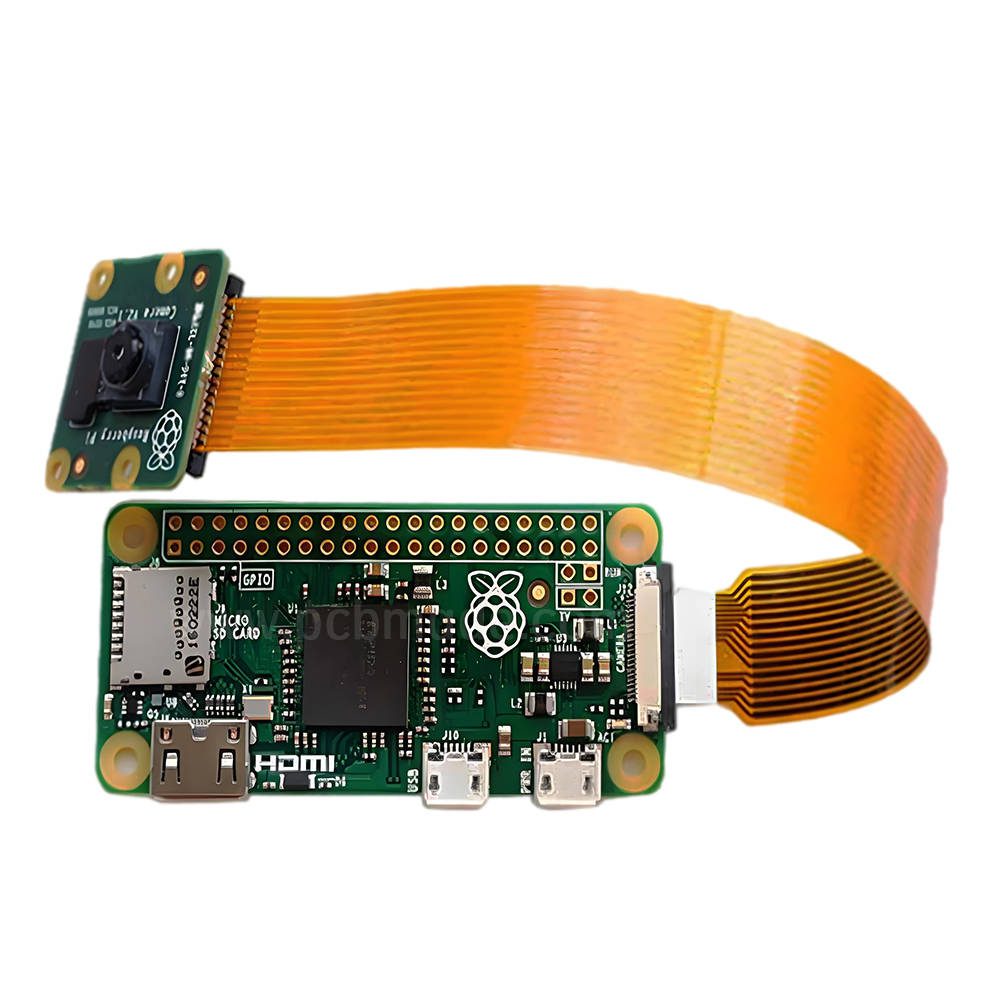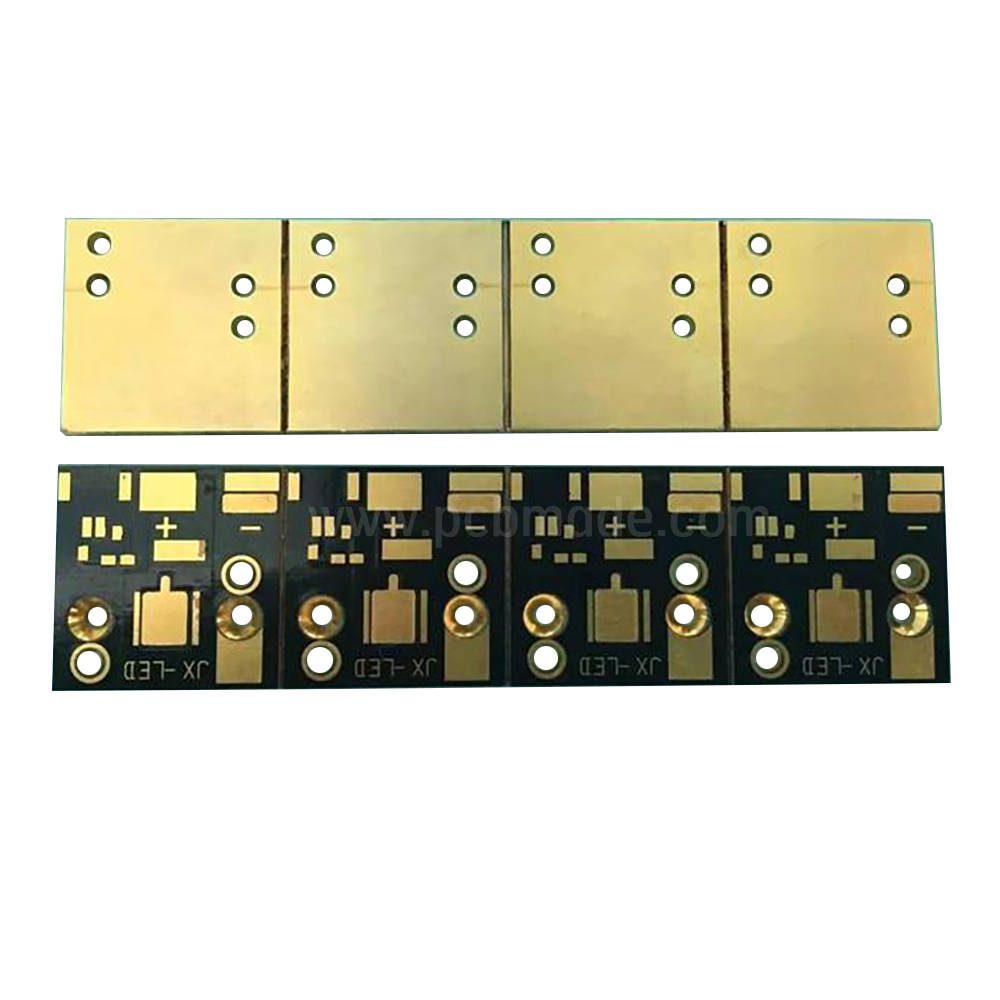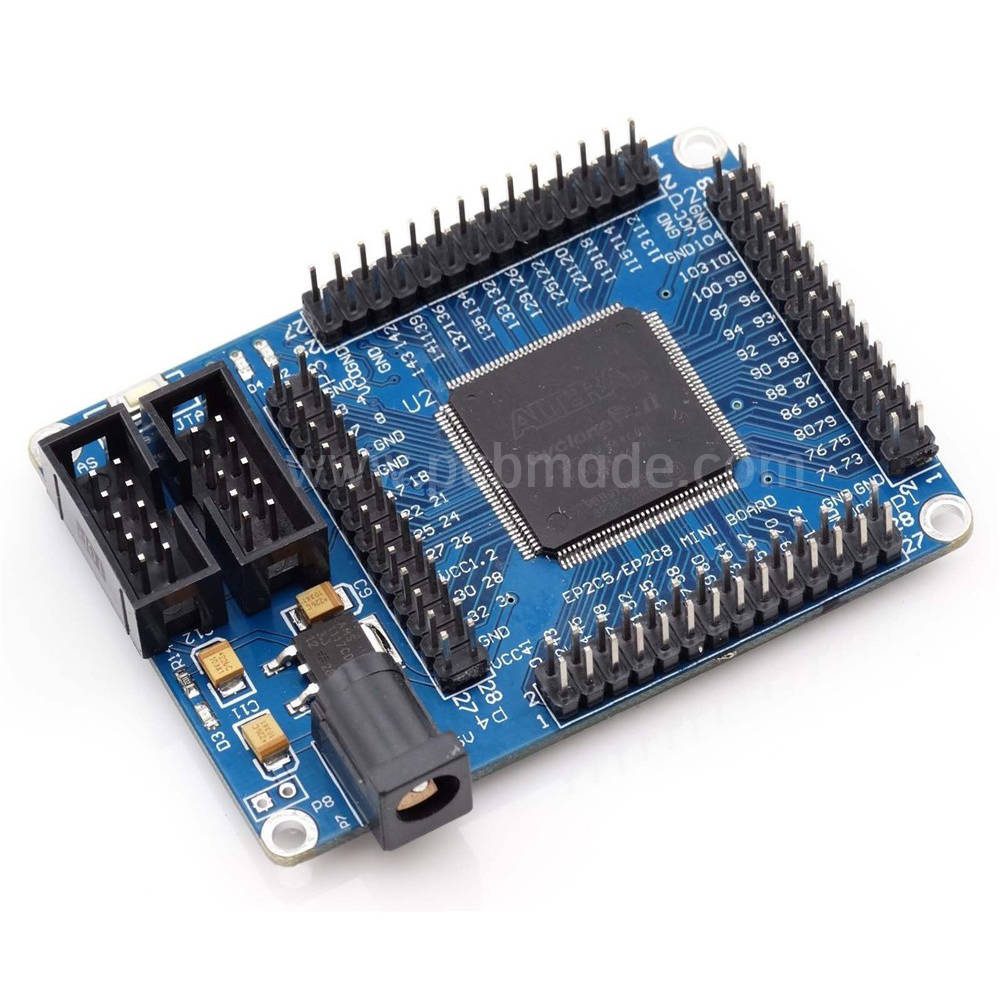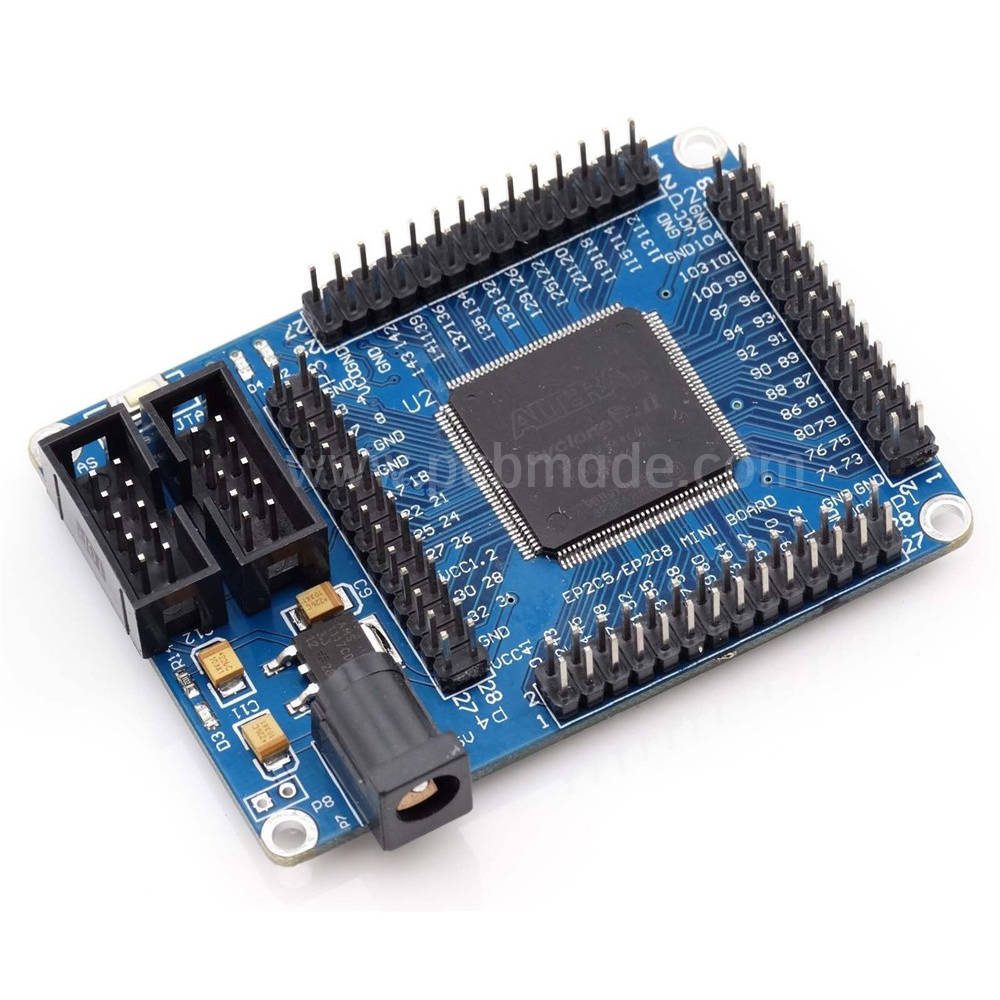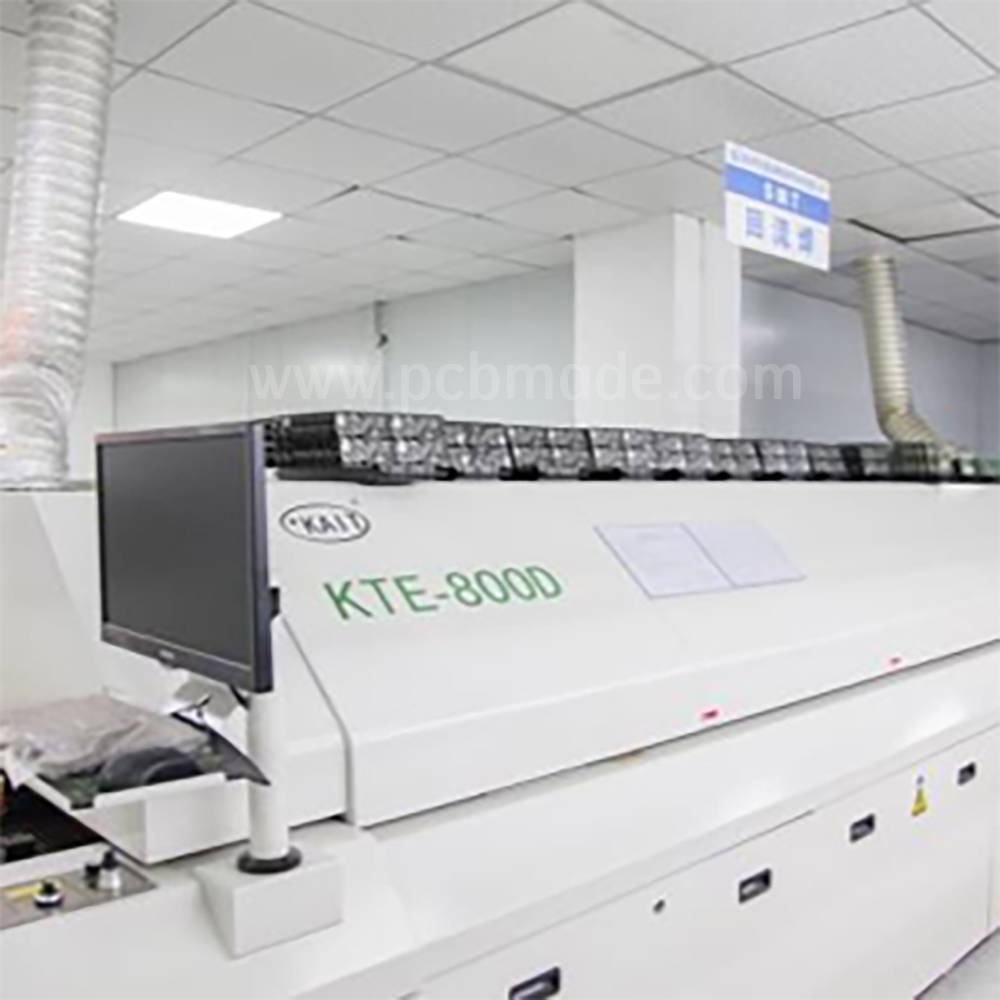As an indispensable component in modern electronic devices, PCB (Printed Circuit Board) carries the electrical connections between electronic components, and its design and manufacturing quality directly affect the performance and reliability of the product. In the design and production process of PCB, copper foil thickness is a key parameter that has a significant impact on the electrical performance, thermal management, cost, and manufacturing process of the circuit board.
1. Electrical performance
Signal integrity: The thickness of copper foil directly affects the impedance control of the circuit. Thicker copper foil can reduce wire resistance, minimize attenuation and delay during signal transmission, thereby improving signal integrity, which is particularly important for high-speed signal transmission. In high-frequency circuit design, precise control of copper foil thickness is the key to achieving good impedance matching, reducing signal reflection and crosstalk.
Current carrying capacity: Increasing the thickness of copper foil can enhance the current carrying capacity of the circuit. For power lines or high-power applications that require high current to pass through, using thicker copper foil can effectively reduce line temperature rise and avoid performance degradation or safety issues caused by overheating.
2. Thermal management
Copper has good thermal conductivity, so the thickness of copper foil also affects the heat dissipation efficiency of PCB. In high power density design, thicker copper foil can quickly transfer heat from the heating element to the heat dissipation area or external heat sink, which helps improve overall thermal management efficiency and protect sensitive components from thermal damage.
3. Cost and Manufacturing Process
Cost: Generally speaking, increasing the thickness of copper foil will slightly increase the production cost of PCB. This is not only because thicker copper foil materials themselves have higher costs, but also because thicker copper layers may require more complex processes and longer time in processing such as etching and electroplating.
Manufacturing process: The thickness of copper foil affects the difficulty and yield of PCB manufacturing. Thin copper foil can easily cause excessive etching or unevenness during the etching process, while thick copper foil may require stronger etching ability or finer process control to ensure the accuracy and consistency of the circuit.
4. Design flexibility and reliability
The selection of copper foil thickness also needs to consider the flexibility of design. When fine wiring or miniaturization design is required, thinner copper foil may be more suitable as it allows for smaller line widths/spacing. However, this may also sacrifice certain current carrying capacity and heat dissipation performance. On the contrary, although thick copper foil provides advantages in certain aspects, it may limit the possibility of high-density wiring.
In short, the thickness of copper foil for PCB is a choice made after considering multiple factors comprehensively. Designers need to determine the most suitable copper foil thickness based on the specific requirements of the product, such as signal speed, current load, heat dissipation requirements, and cost budget, in order to achieve the best balance between performance and cost. The correct selection of copper foil thickness is the key to ensuring PCB reliability and optimizing the overall performance of electronic products.




